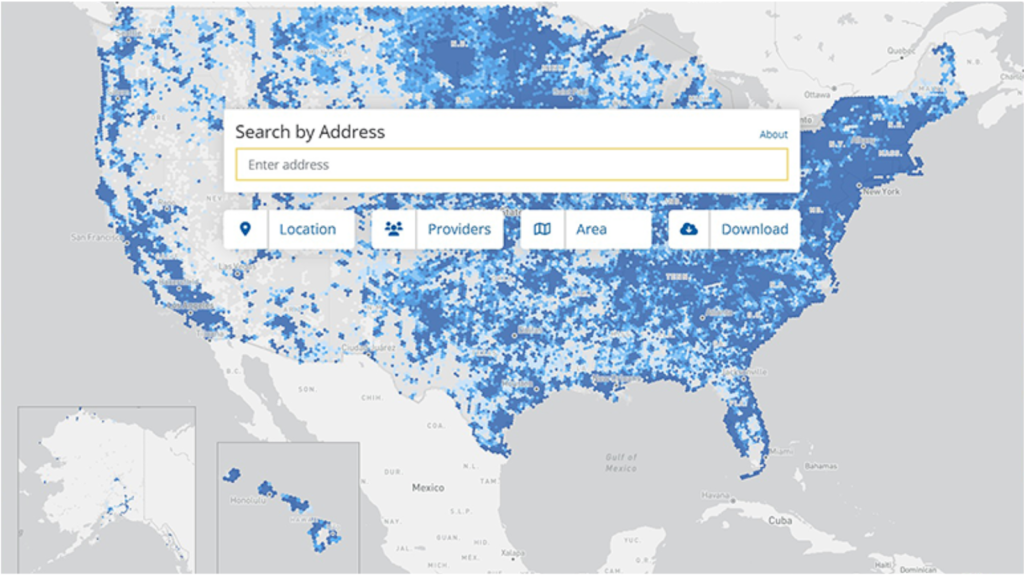The FCC has yet to reveal how many broadband availability challenges to its new broadband map were received by the January 13 deadline but given the number of concerns raised publicly about the process, we expect a fairly large number.

Impact: Prior to the deadline last week, FierceTelecom reported that more than 300,000 challenges had been submitted to the FCC regarding whether or not a specific location had broadband service available with speeds that meet the federal requirement for high-speed service. But because the FCC hasn’t revealed the exact number of challenges, the actual number has been subject to speculation. In order to get a more accurate number, the publication reached out to states themselves to ask how many locations they had challenged and concluded there more than 400,000 challenges had been submitted ahead of the deadline. But because there’s not an accurate count of challenges by state and some states have had trouble inputting their challenges, that number could end up being much larger.
The reporting problems stem from the location fabric the FCC requires providers to use to input their broadband coverage data. The commission released the first version of the fabric in September 2022 and a second, updated version in December following the initial release of the FCC’s updated nationwide broadband map in mid-November. Challenges submitted by the January 13 deadline will then be incorporated into the next version of the broadband map, which will include data submitted by providers before a March 2023 deadline with information current as of year-end 2022. That schedule implies that the map updated with the second batch of provider data will be the one the federal government uses to calculate and distribute funding to the states from the $42.5 billion Broadband Equity, Access, and Deployment program by mid-year. But given the challenges that have occurred with the location fabric, it would not be a surprise if that timeline got pushed back.
Some states ran into trouble with the location fabric when the FCC released the updated version in December, resulting in data that had changed and requiring state employees in places like Vermont to adjust everything they had submitted up to that point. Other problems with data submission stemmed from states’ use of third-party vendors to create their own broadband maps that they planned to use to submit their data to the FCC. But some states, including Wyoming, encountered issues around contract restrictions regarding the sharing of proprietary data from their vendors to CostQuest, the vendor that created and manages the FCC’s location fabric. These issues made it difficult, and in some states impossible, to meet the FCC deadline for location challenges, which of course will call into question the accuracy of the FCC’s final broadband map if it doesn’t include those challenges.
Count Nevada’s two Democratic U.S. Senators are among the many public officials and other interested parties concerned about the government’s broadband data collection process. In a conversation with FCC Chairwoman Jessica Rosenworcel, Senators Catherine Cortez Masto and Jacky Rozen called the maps deeply flawed, citing concerns from their state’s broadband office about the accuracy of the map as well as with the FCC’s challenge process that could end up costing the state millions of dollars in federal funding if not corrected. As a result, they wanted the FCC to extend the challenge process for an additional 60 days to make sure states can submit accurate data. But with the challenge deadline now past and more FCC and National Telecommunications and Information Administration deadlines fast approaching, it may be difficult to implement a delay unless Congress or the Biden Administration steps in to slow the process in favor of accuracy in order to meet its goal of universal broadband service.
